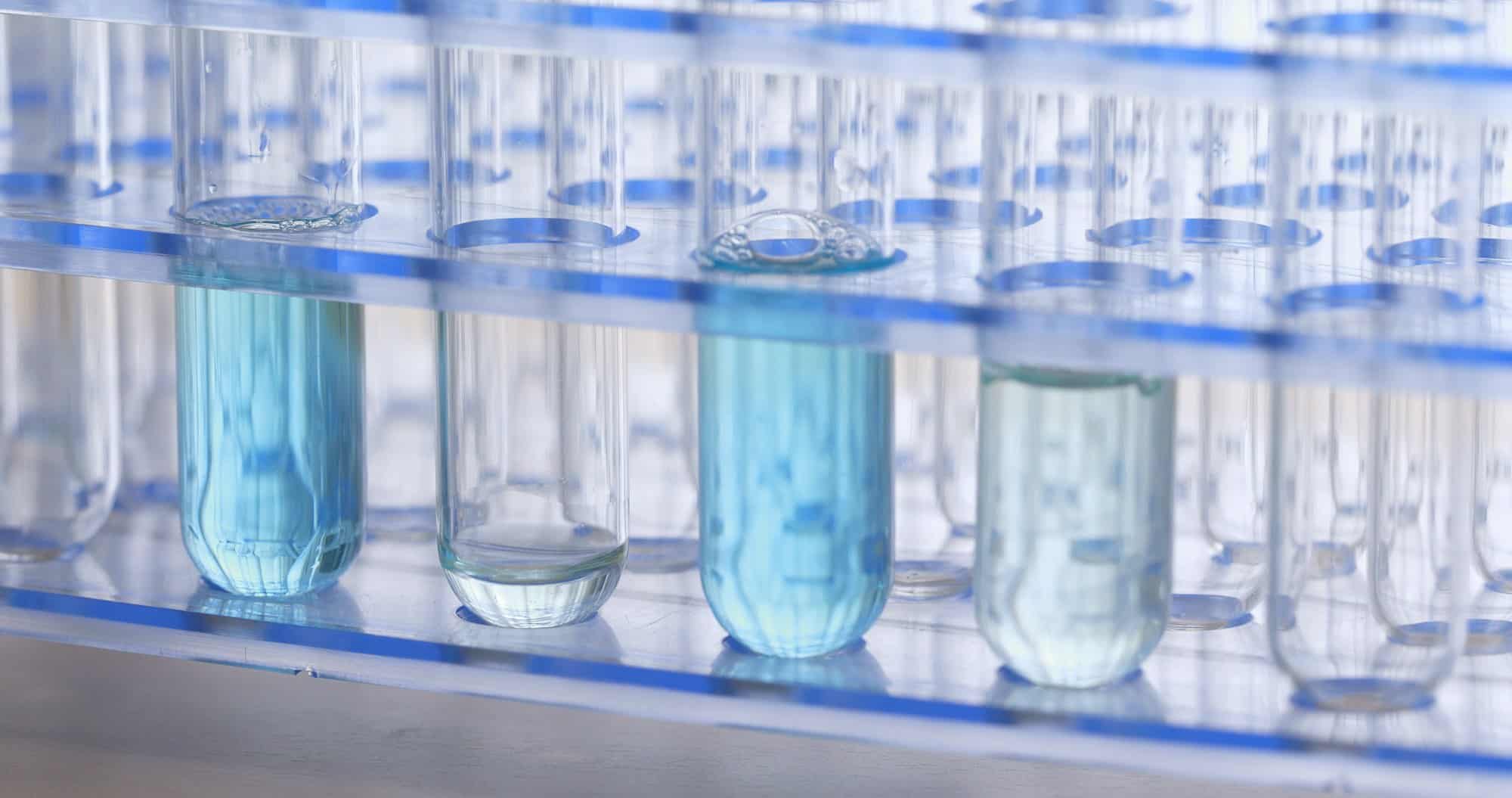What’s the Latest in Nano-filtration for Reducing UK’s Industrial Water Pollution?

The burgeoning concern over industrial water pollution has spurred monumental advancements in filtration technology. Traditional methods of water treatment have been supplanted by more efficient and environmentally-friendly options, with nano-filtration leading the charge. This article delves into the latest in nano-filtration technology, detailing the functionality of membranes, their design, and the remarkable potential of nano-filtration in the quest for cleaner, safer water.
Understanding the Nano-filtration Process
Nano-filtration is a pressure-driven process that employs a membrane with a pore size ranging from 1 to 10 nanometers. This enables the removal of particles, including metals and nanoparticles, from water on a molecular level. How does it do this? The secret lies in the membrane used.
A voir aussi : How to Tackle Food Insecurity with Urban Agriculture Initiatives in the UK?
Membranes are the heart of this filtration process. They separate the water from the pollutants, allowing only pure water molecules to pass through. These membranes are typically thin layer composite (TLC) membranes, which consist of a porous substrate and a thin top layer. This top layer is where the filtration magic happens. It’s designed to allow water molecules to pass through, while rejecting larger, undesirable compounds.
The high rejection rate of nano-filtration membranes is what makes them so effective. They are capable of removing a large spectrum of contaminants from water, including salts, organic compounds, and even viruses. However, their success is not purely down to size exclusion. The surface charge of the membrane also plays a crucial role.
Dans le meme genre : What’s the Impact of Online Tutoring on UK’s Educational Outcomes?
The Role of Membrane Surface Charge in Nano-filtration
Your scholars and avid followers of Google will know that the surface charge of a membrane significantly impacts the removal of contaminants during the nano-filtration process. The surface of these membranes carries a charge, which can attract or repel particles based on their own charge.
The role of surface charge in nano-filtration is most significant when it comes to the separation of ions in water. Depending on the membrane’s surface charge and the ionic composition of the solution, certain ions are attracted to the membrane surface, while others are repelled, promoting selective ion separation.
However, it’s not all smooth sailing. One of the major challenges faced in nano-filtration is membrane fouling. This occurs when particles and molecules adhere to the membrane surface, reducing the flux, or rate of water flow, through the membrane.
Membrane Fouling and Its Impact on Nano-filtration
The crossref of water treatment and separation processes indicates that membrane fouling is a prevalent challenge in the operation of nano-filtration systems. Fouling reduces the effectiveness of treatment by diminishing the flux, creating the need for frequent membrane cleaning or replacement.
The fouling process is influenced by factors such as the nature of the feed water, operational conditions, and the membrane selection. Particles, colloids and microorganisms can deposit on the membrane surface, forming a layer that impedes the flow of water.
The fouling issue isn’t insurmountable. Many solutions have been developed to combat fouling, including the use of pre-treatment processes, optimization of operational parameters, and the development of more fouling-resistant membranes.
Advancements in Nano-filtration Membranes and Fouling Resistance
In the high-stakes race against fouling, recent advancements have yielded promising results. Researchers are actively working on the development of more robust and fouling-resistant nano-filtration membranes.
Materials science advancements have led to the development of membranes with modified surfaces that are more resistant to particle adhesion, reducing fouling tendencies. The use of nanoparticles in membrane fabrication also presents a novel approach to mitigate fouling.
These advancements not only improve the efficiency and longevity of the filtration process, but they also contribute to the reduction in operation and maintenance costs. As the technology continues to evolve, it is anticipated that more cost-effective and efficient solutions will emerge.
The Future of Nano-filtration in Industrial Water Treatment
With the escalating concerns about water pollution, nano-filtration stands at the forefront of the battle against industrial water contamination. Its high separation efficiency, combined with the ability to remove a broad range of pollutants, makes it a reliable solution for water treatment.
The future of nano-filtration in industrial water treatment looks promising. The continuous development in membrane technology, coupled with better understanding of the filtration process, is expected to further enhance the efficiency and effectiveness of nano-filtration systems.
As we continue to face the global challenge of water pollution, the need for efficient and environmentally friendly solutions like nano-filtration becomes more prevalent. As such, the investment in research and development in this field is not only necessary but also vital for our future generations and the health of our planet.
Recent Developments in Nano-filtration Membrane Materials
The journey towards efficient and sustainable industrial water treatment is marked by constant advancements in nano-filtration membrane materials. These materials are under continual refinement, aiming to improve their functionality and resistance to fouling.
A major breakthrough in this field has been the use of graphene oxide in membrane fabrication. Known for its exceptional mechanical strength and chemical stability, graphene oxide presents a significant upgrade to traditional membrane materials. The nanoporous structure of graphene oxide provides an optimal pore size, resulting in better selectivity and higher water flux.
Moreover, researchers have been exploring the utilization of various other materials like polymeric compounds and ceramic materials. The aim is to create more robust membranes that can withstand harsh operating conditions and resist fouling.
There are also advancements in the fabrication techniques of nano-filtration membranes. Techniques such as phase inversion, interfacial polymerization, and electrospinning have been developed to create membranes with a controlled pore size and morphology.
Lastly, the inclusion of nanoparticles in these membranes has been found to improve their fouling resistance and separation performance, thereby increasing their overall efficiency.
Nano-filtration and Heavy Metal Removal
Among the various pollutants that plague industrial wastewater, heavy metals pose a significant challenge due to their persistent and bio-accumulative nature. However, nano-filtration has proven to be a highly effective method for the removal of these heavy metals.
Nano-filtration membranes, due to their small pore size, can effectively separate metal ions from water. The surface charge of the membrane can selectively attract or repel different metal ions, leading to a high rejection rate. This characteristic makes nano-filtration a promising solution for heavy metal removal.
However, the efficiency of heavy metal removal through nano-filtration is dependent on various factors such as the feed water composition, the type of metal ions, and the operating conditions. Scholars have reported varying degrees of success in removing different metals. For instance, studies show that nano-filtration is highly effective in removing arsenic, lead, and mercury ions from water.
This isn’t to say that the technology is flawless. Challenges such as membrane fouling and the dependency on high operating pressures continue to persist. However, continuous research and development in this field hold promise for overcoming these obstacles and further improving the efficiency of nano-filtration.
Conclusion
The relentless pursuit of better water treatment technologies led to the emergence of nano-filtration as a promising solution. The ability of nano-filtration to remove a broad range of pollutants, from organics to heavy metals, makes it highly attractive for industrial water treatment.
The technology isn’t without its challenges, notably membrane fouling and the need for high operating pressures. However, these obstacles are far from insurmountable. With continued research and the advent of more sophisticated materials and fabrication techniques, these issues are being progressively addressed.
The investment in nano-filtration is not just an investment in a technology, but an investment in the future of our planet. As industries continue to grow and the need for clean water becomes more acute, the importance of technologies like nano-filtration cannot be overstated. The future of nano-filtration in industrial water treatment looks bright, and its potential in reducing water pollution is immense.
